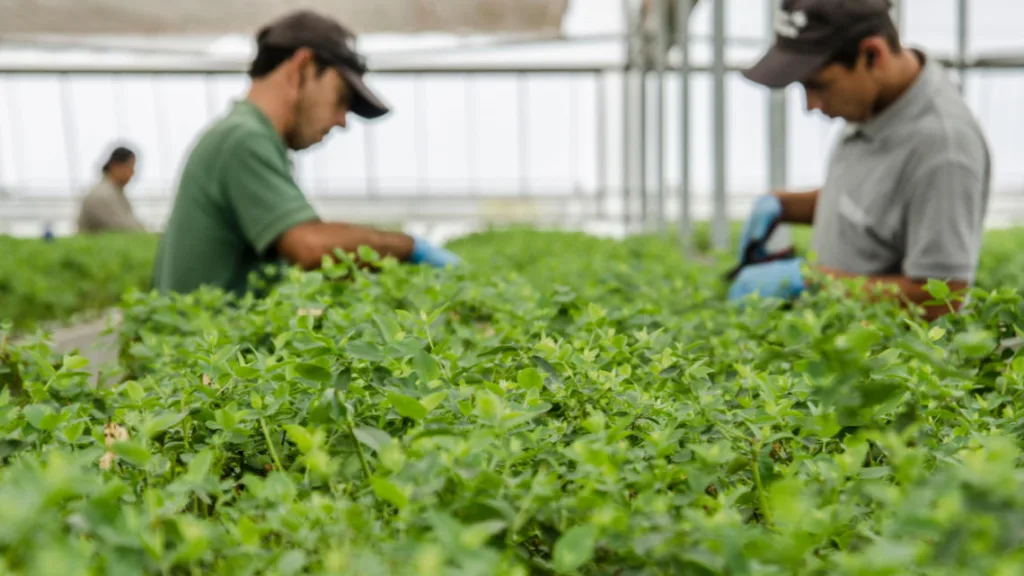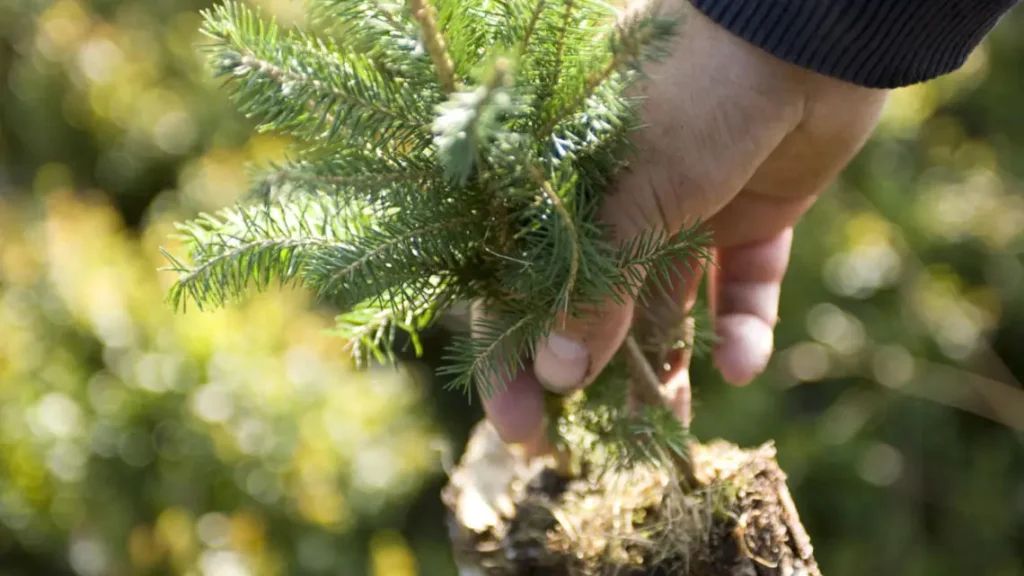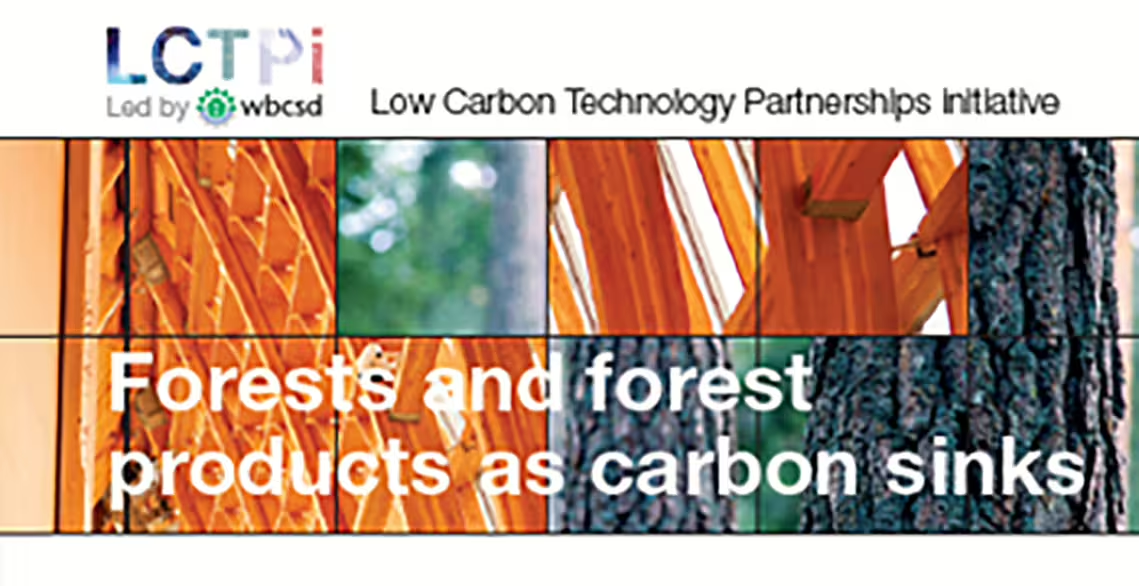On the forests thematic day at the COP21 meeting in Paris, leading global forest companies have outlined their ambition to address climate change through increasing global forest cover and the use of forest products.
- Leading forest companies worldwide join forces to address climate change through increasing global forest cover and the use of forest products.
- Part of WBCSD’s Low Carbon Technology Partnerships initiative, the ambitions set out today aim to contribute to the scale up of climate solutions through the use of forests and forest products as carbon sinks
Paris, 1 December 2015: Under the banner of the World Business Council for Sustainable Development’s Low Carbon Technology Partnerships initiative, the Forests and Forests Products as Carbon Sinks working group has identified and quantified the emissions mitigation potential from sustainable forest management and the widespread use of forest products.
Scaling up sustainable forest management and replacing energy intensive products with forest-based products that store carbon is the most efficient way to mitigate climate change.
- SCA’s vice president of public affairs Ms. Anna Brodowsky, who chaired the working group in 2015
The plan that has been developed within the LCTPi forest and forest products as carbon sinks, shows that 6 Gt of CO2 per annum, equivalent to 15% of global GHG emissions, could be mitigated at cost of under US$ 20 per ton of CO2.
- Ms. Brodowsky
Our working group’s ambition is to bring the world’s forests under sustainable management, to stabilize forest cover by 2030 and restore forest cover to 1990 levels by 2050. This would equate to a 10% increase in the current level of global forest cover.
- Mr Jose Penido, Chairman of Brazilian forest company Fibria
Currently, planted forests account for only 6.6% of world’s forests. The ambition and the recommendation of the working group is to increase this area by 158 million hectares, equivalent to 17% of the US landmass, by 2050, with a focus on the potential for degraded land to be restored.
The model of New Generation Plantations, a program jointly developed between WWF and major forest growers, can provide the standards by which this could be achieved in a sustainable way.
- Mr. Penido
Critical carbon sinks such as peatlands also need to be protected and managed, especially in developing countries where they are subject to significant economic pressures. The fate of unmanaged forests has been again made clear by the recent season of fire and haze in Indonesia where two million hectares of forests have been burnt and tons of carbon and other gases have been emitted to the atmosphere. We believe that the private sector should play a key role in the protection, conservation and restoration of forests as we move towards a low-carbon future.
- Mr. Bey Soo Khiang, APRIL Group Chairman
The next phase in the ambition is to meet the tripling global demand for forest products from sustainably managed forests by 2050 and to fast track bio economy development through cross-sector and value chain collaboration.
Underpinning this ambition is the recognition that forests store vast amounts of carbon.
Forests globally store approximately 638 Gt of carbon, more than the total amount of carbon in the entire atmosphere. Products from sustainably managed forests also store carbon, and displace materials that are emissions intensive or derived from fossil fuels.
- Weyerhaeuser’s Dr. Edie Sonne Hall, Manager, Sustainable Forestry
Wood-based products, from sustainably managed forests, contribute to carbon sequestration, annually adding 189 million tons of carbon per year. Forests and its products are therefore one of the most effective and completely natural systems for the sequestration and storage of carbon.
Simply, the more carbon we can store in wood-based products then the less carbon there is in the atmosphere and the less carbon we need to emit to produce goods.
- Dr. Sonne Hall
A key feature of the action plan is the closer collaboration proposed between the forest sector value chain and the construction, automotive and energy sectors.
Under the assumption that only 5% of the 2050 biofuel uptake predicted by the International Energy Agency is attributable to forest-derived side streams and residues, the mitigation potential in 2050 is 0.1 Gt CO2 per year. If this is ramped up linearly, so that the emissions saving in 2050 is 0.1 Gt CO2 per annum, the cumulative emissions avoided by using forest-derived biofuels is 0.34 Gt CO2 in 2030 and 1.8 Gt CO2 in 2050.
- Peter Bakker, President & CEO, WBCSD
Regional dialogues in five countries found that the construction sector could play a significant role in creating the demand conditions that would support the growth of sustainably managed forests.
Recent NCASI research shows a total cumulative mitigation benefit of 2.9 Gt CO2 in 2050 associated with increasing rate of growth in the use of wood in construction by 25% over the trendline.
- Mr. Bakker
The plan advocates for a shift from an economic reliance on fossil-fuels to a renewable, forest-based bioeconomy.
Renewable materials are the solution to resource scarcity and a way to mitigate climate change. Forests and forest products, in both their traditional form and in innovative materials, can empower the bioeconomy,” says Mr Noel Morrin, EVP Sustainability at Stora Enso. “Chemicals, intelligent packaging, plastic composites, fabrics, personal care products and almost anything made from fossil fuel resources can be made from renewable materials.
- Mr. Morrin
Importantly, the members of the Forests and Forest Products as Carbon Sinks working group will take responsibility for reporting their achievements as part of the Forest Solutions Group Key Performance Indicator Project which tracks companies’ sustainability performance.
Drawing on the expertise of the global forest sector value chain, the Forests and Forest Products as Carbon Sinks LCTPi working group engaged a range of NGO, research and academic organizations through regional dialogues in South Africa, India, the USA, Brazil and Europe to develop the action plan.
The members of the working group are Svenska Cellulosa AB (SCA), UPM, Metsä Group, International Paper, Stora Enso, Suzano, CMPC, Weyerhaeuser, Fibria, Grupo Portucel Soporcel, APRIL Group, Unilever. Technical support was provided by NCASI.
Related
Content

Human rights in the forest sector: leaving no one behind.
16 July, 2021

First results of a new set of Key Performance Indicators released by the Forest Solutions Group
30 August, 2021

COP15 reflections: how is business stepping up to implement the Global Biodiversity Framework (GBF)
20 December, 2022
